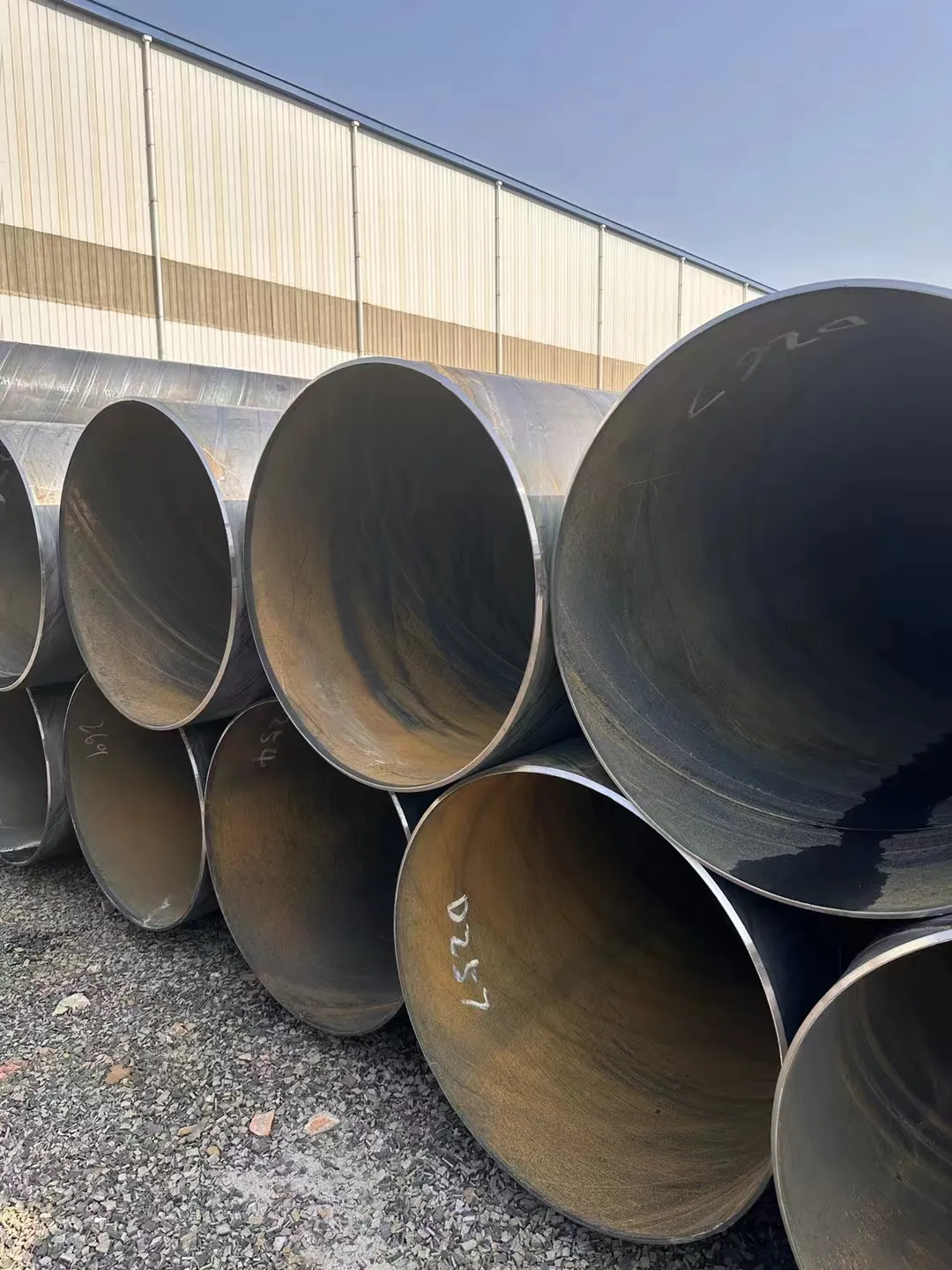-
Cangzhou Yulong Steel Co., Ltd.
-
Phone:
+86 13303177267 -
Email:
admin@ylsteelfittings.com
- English
- Arabic
- Italian
- Spanish
- Portuguese
- German
- kazakh
- Persian
- Greek
- French
- Russian
- Polish
- Thai
- Indonesian
- Vietnamese
- Zulu
- Korean
- Uzbek
- Hindi
- Serbian
- Malay
- Ukrainian
- Gujarati
- Haitian Creole
- hausa
- hawaiian
- Hebrew
- Miao
- Hungarian
- Icelandic
- igbo
- irish
- Japanese
- Javanese
- Kannada
- Khmer
- Rwandese
- Afrikaans
- Albanian
- Amharic
- Armenian
- Azerbaijani
- Basque
- Belarusian
- Bengali
- Bosnian
- Bulgarian
- Catalan
- Cebuano
- China
- China (Taiwan)
- Corsican
- Croatian
- Czech
- Danish
- Esperanto
- Estonian
- Finnish
- Frisian
- Galician
- Georgian
- Kurdish
- Kyrgyz
- Lao
- Latin
- Latvian
- Lithuanian
- Luxembourgish
- Macedonian
- Malgashi
- Malayalam
- Maltese
- Maori
- Marathi
- Mongolian
- Myanmar
- Nepali
- Norwegian
- Norwegian
- Occitan
- Pashto
- Dutch
- Punjabi
- Romanian
- Samoan
- Scottish Gaelic
- Sesotho
- Shona
- Sindhi
- Sinhala
- Slovak
- Slovenian
- Somali
- Sundanese
- Swahili
- Swedish
- Tagalog
- Tajik
- Tamil
- Tatar
- Telugu
- Turkish
- Turkmen
- Urdu
- Uighur
- Welsh
- Bantu
- Yiddish
- Yoruba

Sep . 22, 2024 02:55 Back to list
hydraulic flange
Understanding Hydraulic Flanges Essential Components in Fluid Systems
Hydraulic flanges play a critical role in modern fluid power systems, serving as essential connectors in pipelines, machinery, and various hydraulic applications. These mechanical components are designed to join two sections of a hydraulic line, ensuring a secure and leak-proof connection under high pressure. Their efficiency and reliability make them a fundamental feature in industries such as construction, manufacturing, and automotive.
A flange is typically a flat piece of metal that features a hole pattern that allows it to be bolted to another flange or component. Hydraulic flanges come in various sizes and materials, including steel, stainless steel, and even plastic for less demanding applications. The choice of material often depends on the operating environment, pressure ratings, and the nature of the fluids being transported.
One of the primary functions of a hydraulic flange is to create a strong seal that prevents leakages, which is crucial in high-pressure systems. When fluid leaks occur, they can lead to system failure, environmental hazards, and costly downtime. Therefore, the design of hydraulic flanges often includes features such as raised faces, grooves, or O-rings to enhance sealing capabilities.
hydraulic flange

Different types of hydraulic flanges exist, including slip-on flanges, weld neck flanges, and blind flanges
. Slip-on flanges are easy to install and can be fitted over a pipe, making them a popular choice for various applications. Weld neck flanges, on the other hand, provide added strength by being welded directly to the pipe, which is particularly advantageous in high-pressure systems. Blind flanges, as their name implies, are used to seal the end of a pipeline, allowing for easy access for maintenance when required.In hydraulic systems, flanges must also adhere to specific standards and codes to ensure compatibility and safety. Common standards governing hydraulic flanges include ANSI, ASME, and ISO specifications, which dictate dimensions, tolerances, and pressure ratings.
Maintenance plays a vital role in the longevity of hydraulic flanges. Regular inspections can help identify wear and tear, corrosion, or any signs of leakage that may compromise the system's integrity. Implementing a preventive maintenance schedule is essential for minimizing the risk of unexpected failures.
In conclusion, hydraulic flanges are indispensable components in fluid transport systems, providing secure connections that withstand the rigors of high-pressure environments. Their design and construction are pivotal in ensuring the efficiency and safety of hydraulic systems across various industries. With proper care and adherence to industry standards, hydraulic flanges can significantly enhance the performance and longevity of fluid power applications. Understanding their importance not only aids in effective system design but also fosters innovation in improving hydraulic technologies for future applications.
Latest news
-
ANSI 150P SS304 SO FLANGE
NewsFeb.14,2025
-
ASTM A333GR6 STEEL PIPE
NewsJan.20,2025
-
ANSI B16.5 WELDING NECK FLANGE
NewsJan.15,2026
-
ANSI B16.5 SLIP-ON FLANGE
NewsApr.19,2024
-
SABS 1123 FLANGE
NewsJan.15,2025
-
DIN86044 PLATE FLANGE
NewsApr.19,2024
-
DIN2527 BLIND FLANGE
NewsApr.12,2024
-
JIS B2311 Butt-Welding Fittings LR/SR 45°/90° /180°Seamless/Weld
NewsApr.23,2024











